Groundbreaking research finds that the human brain creates multi-dimensional neural structures.
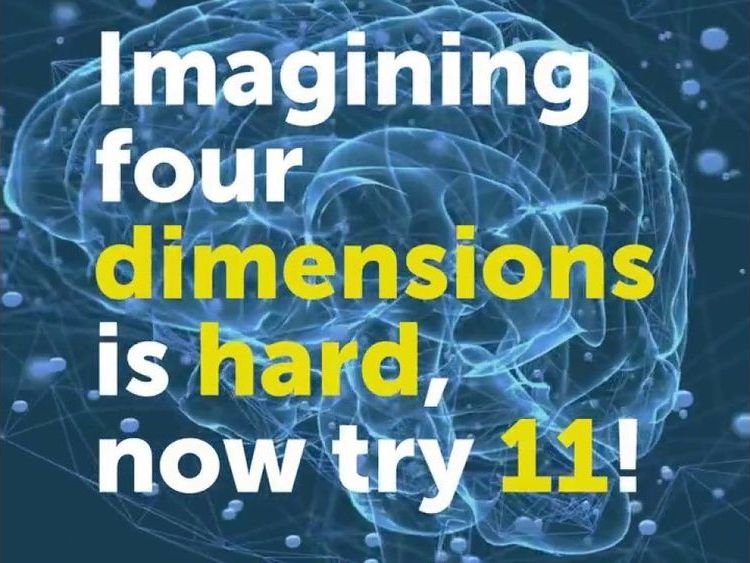

Groundbreaking research finds that the human brain creates multi-dimensional neural structures.
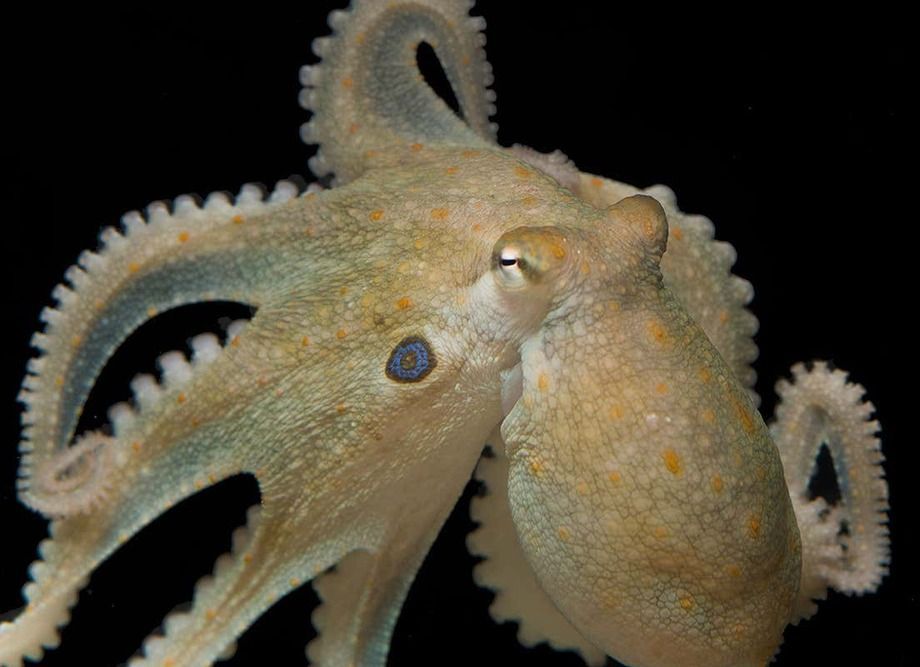
Circa 2017
Unlike other animals, cephalopods – the family that includes octopuses, squid and cuttlefish – do not obey the commands of their DNA to the letter.
Instead, they sometimes interfere with the code as it is being carried by a molecular “messenger”. This has the effect of diversifying the proteins their cells can produce, leading to some interesting variations.
The system may have produced a special kind of evolution based on RNA editing rather than DNA mutations and could be responsible for the complex behaviour and high intelligence seen in cephalopods, some scientists believe.

Independent.co.uk
Cheese contains a chemical found in addictive drugs, scientists have found.
The team behind the study set out to pin-point why certain foods are more addictive than others.
Using the Yale Food Addiction Scale, designed to measure a person’s dependence on, scientists found that cheese is particularly potent because it contains casein.
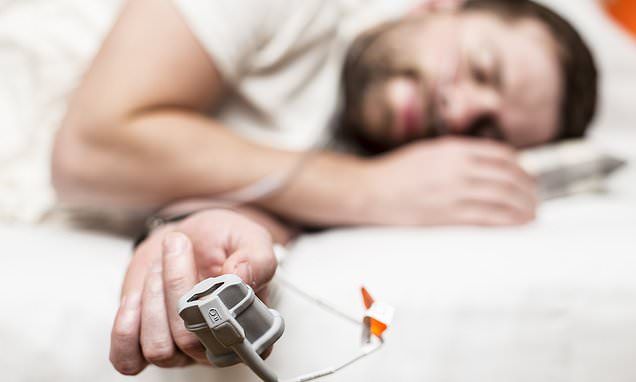
Being able to put someone in a state of suspended animation may be a step closer after scientists found the trigger in mammal brains that can induce hibernation.
Researchers from the University of Tsukuba and Harvard Medical School identified the ‘snooze button’ in mice that triggered naturally occurring temporary hibernation.
This natural sleeping state was also triggered in rats, who do not usually hibernate or go into torbor, according to the Japanese scientists.
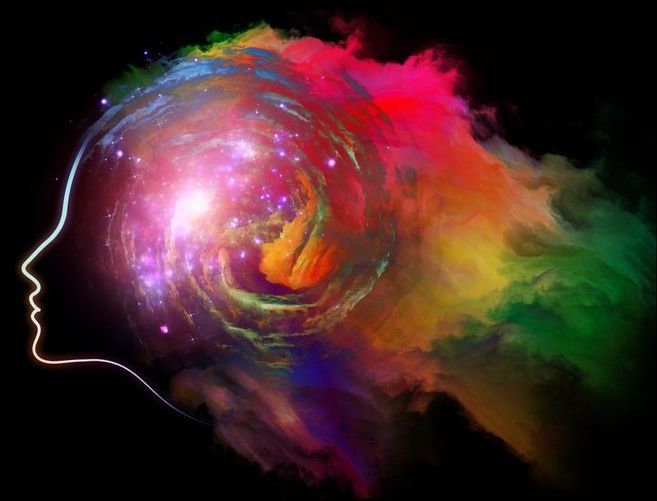
Recent therapeutic trials of “classical” psychedelic drugs, such as psilocybin (from magic mushrooms) or LSD, have reported benefits to wellbeing, depression and anxiety. These effects seem to be linked to a sense of “ego dissolution” — a dissolving of the subjective boundaries between the self and the wider world. However, the neurochemistry behind this effect has been unclear. Now a new paper, published in Neuropsychopharmacology, suggests that changes in brain levels of the neurotransmitter glutamate are key to understanding reports of ego dissolution — and perhaps the therapeutic effects of psychedelics.
Natasha Mason at Maastricht University, the Netherlands, and colleagues recruited 60 participants for their study. All had taken a psychedelic drug before, but not in the three months prior to the study. Half received a placebo and the other half were given a low to moderate dose of psilocybin (0.17 mg/kg of body weight).
The team then used a technique called proton magnetic resonance spectroscopy (MRS) to look at concentrations of glutamate (as well as other neurochemicals) in the medial prefrontal cortex (mPFC) and the hippocampus — two regions that have been implicated as key to the psychedelic drug experience. The team also looked at patterns of “functional connectivity” within networks of brain regions, a measure of how closely correlated brain activity is across those regions. Six hours after taking the drug or placebo, the participants reported on their subjective experiences using two surveys: The 5 Dimensions of Altered States of Consciousness and the Ego Dissolution Inventory.
As the researchers expected (based on the findings of earlier research), those given the drug reported increased feelings of ego dissolution, as well as altered states of consciousness. They also showed disruptions in the connectivity of particular networks, including the default mode network, which has also been implicated in past work on the effects of psychedelic drugs…
But, for the first time in humans, the team also observed higher levels of glutamate in the mPFC and lower levels in the hippocampus after taking psilocybin — and they linked these changes to different aspects of ego dissolution. Increases in the mPFC were most strongly linked to unpleasant aspects, such as a loss of control over thoughts and decision-making, and also anxiety. Decreases in the hippocampus, meanwhile, were most strongly linked to more positive aspects, such as feelings of unity with the wider world, and of having undergone a spiritual-type experience.
The hippocampus is our most important memory structure. Based on earlier work on the impacts of psychedelic drugs on patterns of brain connectivity, it’s been suggested that a temporary reduction or loss of access to memories about our own lives might contribute to a weakening of the “self”. The new work suggests that changes in glutamate levels in the hippocampus might be key to this process.
But if glutamate rises in the mPFC are linked to unpleasant aspects of ego dissolution, and also to anxiety, how does this fit in with trial results finding that psychedelic drugs can treat anxiety disorders?
It’s not entirely clear. Psychedelics are known to bind with one particular type of serotonin receptor, called 5-HT2A receptors. This then causes the immediate changes in the glutamate system, which could be responsible for producing short-term feelings of anxiety. But it might be that longer-term reduction in anxiety levels is related more to 5-HT2A receptor activation itself, rather than glutamate, the researchers suggest.
It’s also been suggested that activation of glutamate networks (via the 5-HT2A receptor) increases levels of Brain-Derived Neurotrophic Factor, which promotes the health and growth of new brain cells. Animal work provides evidence that psychedelic drugs indeed promote plasticity in the brain. And people with major depression and stress disorders have been found to have reduced plasticity. The new data provides indirect evidence that psychedelics might increase neuroplasticity in the human cortex by increasing glutamate, the researchers write. If correct, this could help with understanding how psychedelic drugs can treat depression.
More work is clearly needed to fully understand all these processes. But there’s a lot of interest in the potential therapeutic benefits of psychedelic drugs right now, and the new study does help to clarify the underlying neurobiology of the psychedelic state. As the researchers write, the findings “provide a neurochemical basis for how these substances affect individuals’ sense of self, and may be giving rise to therapeutic effects witnessed in ongoing clinical trials.”
By Emma Young. Study is the first to look at how the psychedelic drug affects chemical messengers in the human brain.

She cooked up Italian food to protect her noodle!
A 60-year-old woman from the country’s Marche region prepared dozens of delicious stuffed olives while undergoing brain surgery — to reduce the risk of damaging the vital organ, according to a report Wednesday.
As doctors removed a brain tumor from her left temporal lobe, the unnamed patient whipped up 90 of the breaded-and-fried olives in a makeshift kitchen inside the operating room, according to the BBC.

Nootropics and smart drugs are natural or synthetic substances that can be taken to improve mental performance in healthy people.
They have gained popularity in today’s highly competitive society and are most often used to boost memory, focus, creativity, intelligence and motivation.
Here’s a look at the 14 best and how they enhance performance.

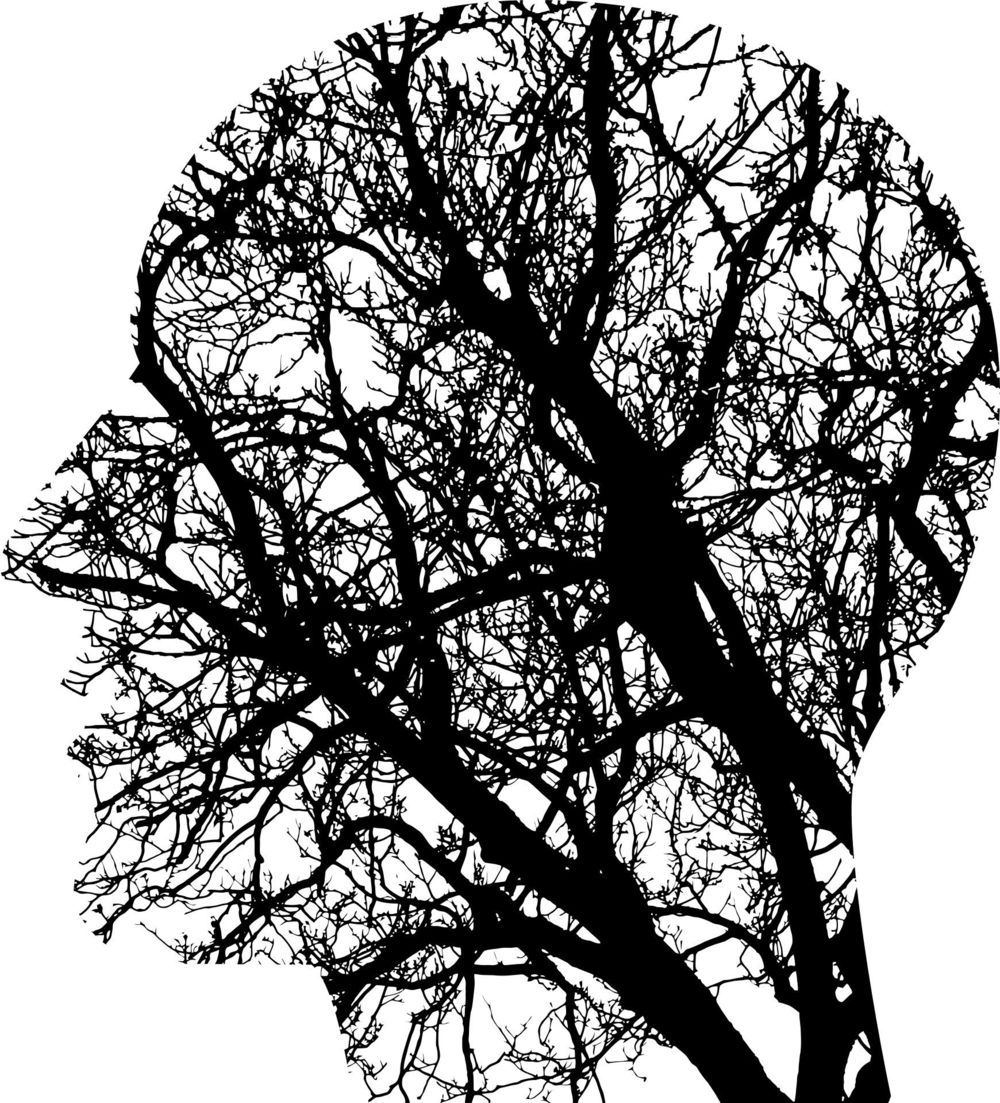
Speaking requires both sides of the brain. Each hemisphere takes over a part of the complex task of forming sounds, modulating the voice and monitoring what has been said. However, the distribution of tasks is different than has been thought up to now, as an interdisciplinary team of neuroscientists and phoneticians at Goethe University Frankfurt and the Leibniz-Centre General Linguistics Berlin has discovered: it is not just the right hemisphere that analyzes how we speak—the left hemisphere also plays a role.
Until now, it has been assumed that the spoken word arises in the left side of the brain and is analyzed by the right side. According to accepted doctrine, this means that when we learn to speak English and for example practice the sound equivalent to ‘th,’ the left side of the brain controls the motor function of the articulators like the tongue, while the right side analyzes whether the produced sound actually sounds as we intended.
The division of labor actually follows different principles, as Dr. Christian Kell from the Department of Neurology at Goethe University explains: “While the left side of the brain controls temporal aspects such as the transition between speech sounds, the right hemisphere is responsible for the control of the sound spectrum. When you say ‘mother,’ for example, the left hemisphere primarily controls the dynamic transitions between ‘th’ and the vowels, while the right hemisphere primarily controls the sounds themselves.”

Is it possible to rapidly increase (or decrease) the amount of information the brain can store?
A new international study led by the Research Institute of the McGill University Health Centre (RI-MUHC) suggests it may be. Their research has identified a molecule that improves brain function and memory recall is improved. Published in the latest issue of Cell Reports, the study has implications for neurodevelopmental and neurodegenerative diseases, such as autism spectrum disorders and Alzheimer’s disease.